- Home
- Our Heritage
Swipe to explore
 National Registration & Identification
National Registration & Identification
Evolution of Passports
1959
1964
1965
1966
1967
1971
1986
1991
1999
2000
2002
2006
2017
2021
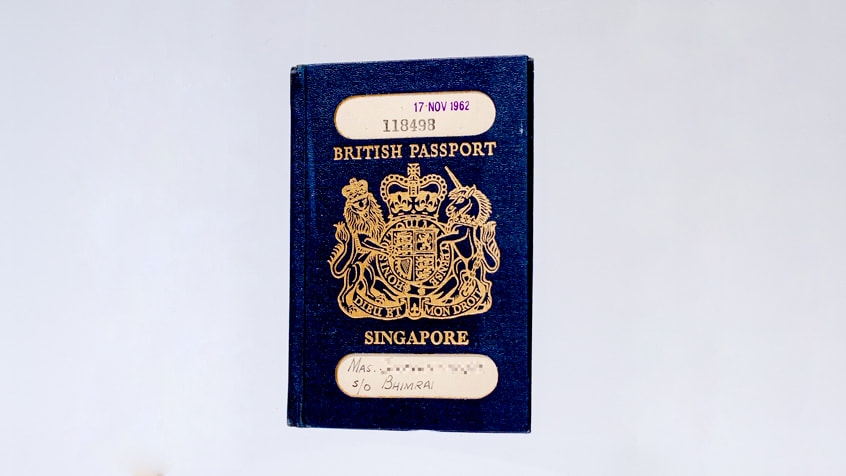
1959: British passports issued in the State of Singapore were modified to reflect the gaining of internal self-governance on 3 June.
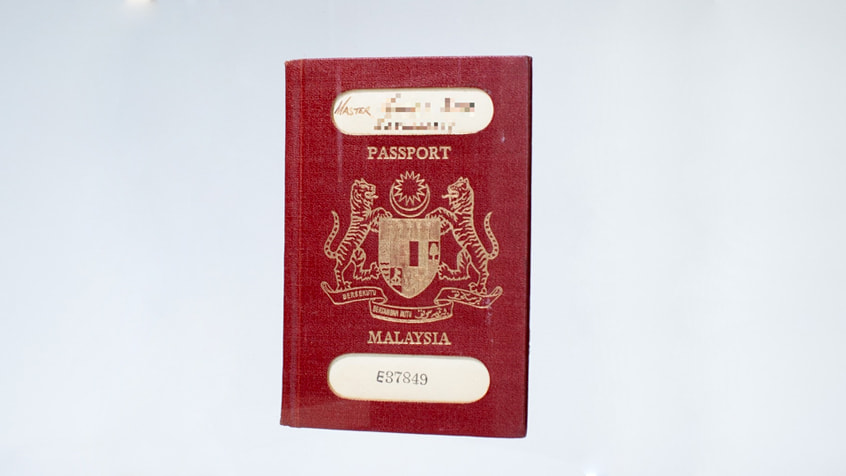
1964: New Malaysian passports replaced the Malaysian Provisional Passports on 7 September. Singapore citizens were issued with Malaysian passports with the prefix “E”.
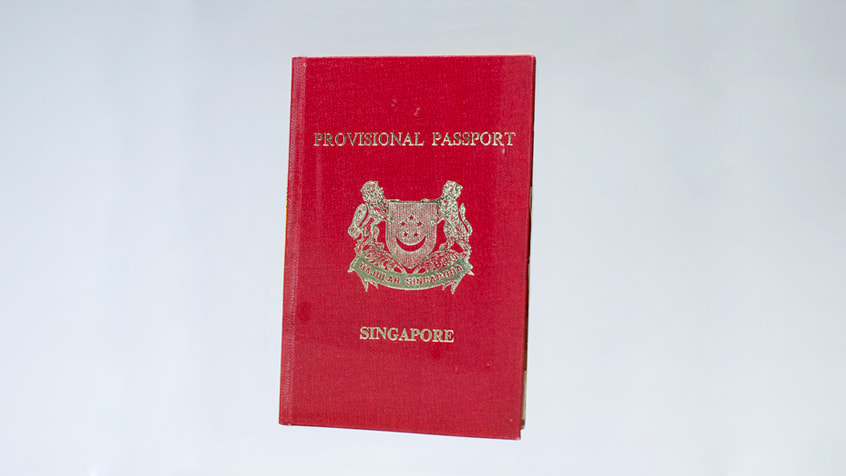
1965: The new Singapore Provisional Passports were introduced on 17 August after gaining independence on 9 August. Malaysian passports ceased to be issued to Singapore citizens as well as Malaysian citizens residing in Singapore.
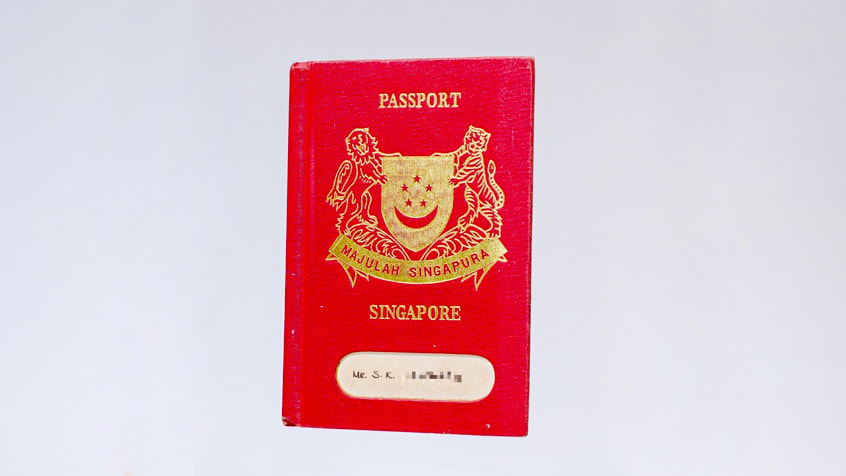
1966: The provisional passports ceased to be issued from 18 June and a new hardcover permanent passport, similar in form and design to the British passport, was issued.
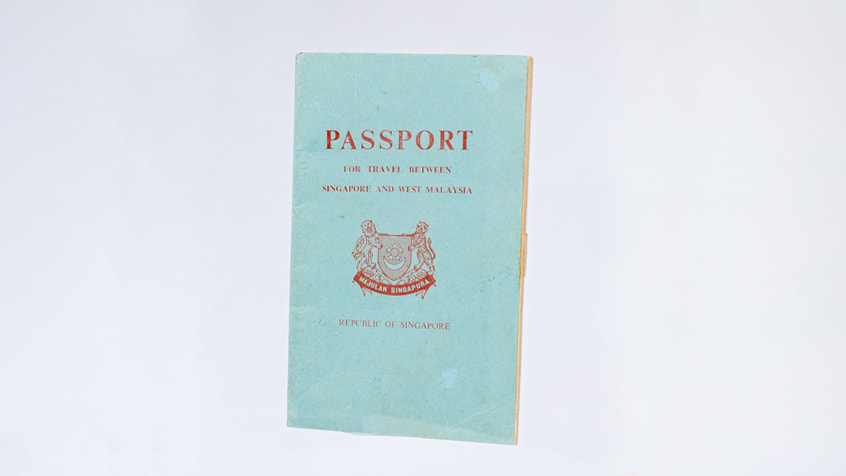
1967: 64-page Singapore Restricted Passports were issued to coincide with the launch of immigration control at the Johor-Singapore Causeway, and were valid for travel between Singapore and West Malaysia only.
The restricted passports took on a light blue format on 22 May.
The restricted passports took on a light blue format on 22 May.
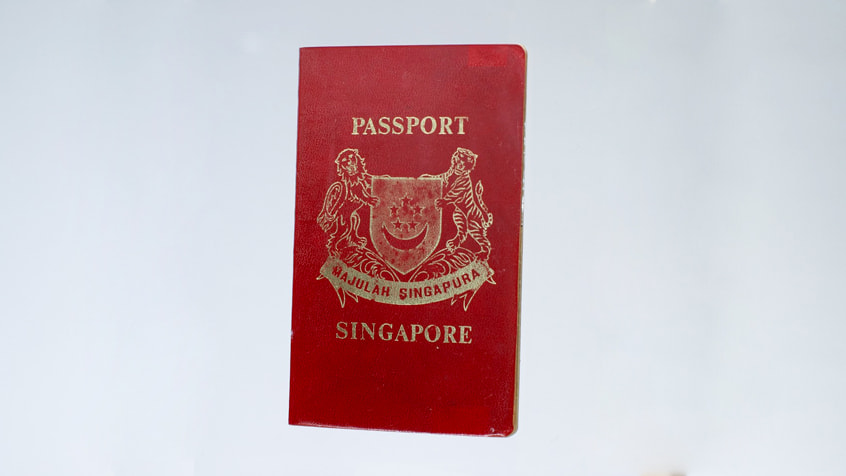
1971: The Singapore passport had its first upgrade in June - the hardcover was changed to a soft and durable cover for easier handling. In terms of security, the perforated book inventory control number in the soft cover passport identified each Singapore passport as a unique booklet.
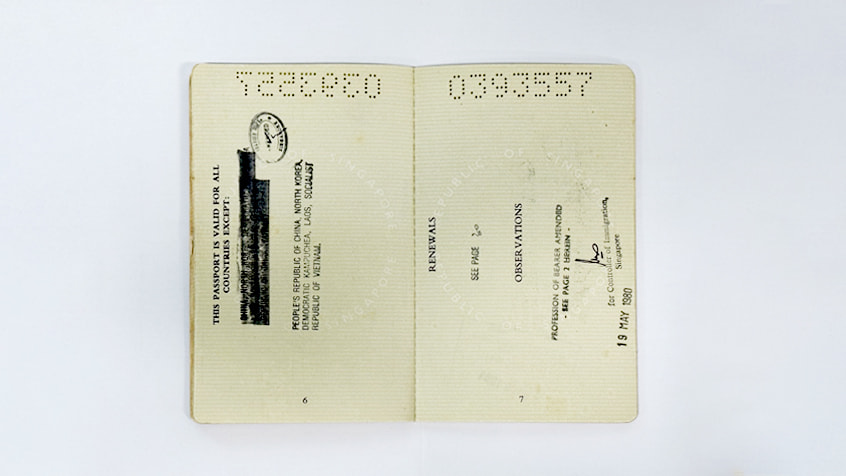
1971: The Singapore passport had its first upgrade in June - the hardcover was changed to a soft and durable cover for easier handling. In terms of security, the perforated book inventory control number in the soft cover passport identified each Singapore passport as a unique booklet.
1986: The Singapore International and Restricted Passports were redesigned in accordance with the International Civil Aviation Organisation guidelines. They contained security features such as watermarked paper, security laminate with the state crest and fugitive ink. The first batch of redesigned passports were issued on 11 August.
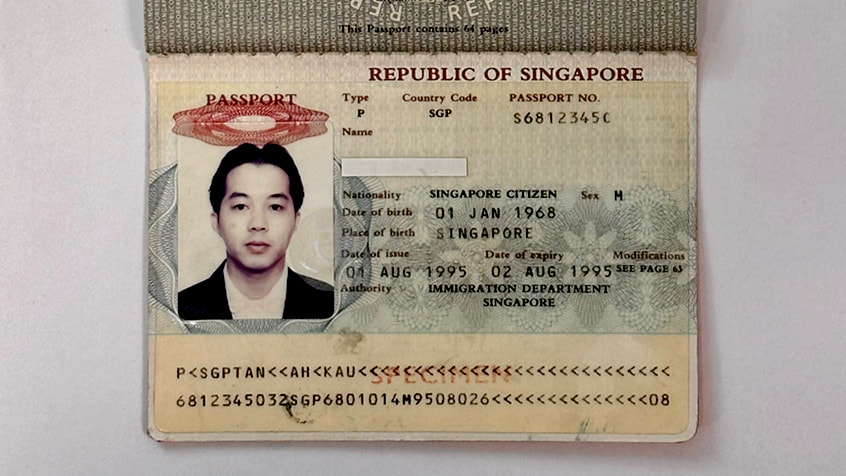
1991: Passports issued from 2 January were machine-readable. The machine-readable feature contained the holder’s personal particulars encoded in the Optical Character Reader (OCR) zone, which can be seen at the bottom of the bio-data page of the Singapore passport. This OCR zone was personalised during passport printing, and cannot be separately incorporated onto a non-machine readable passport’s cover page.
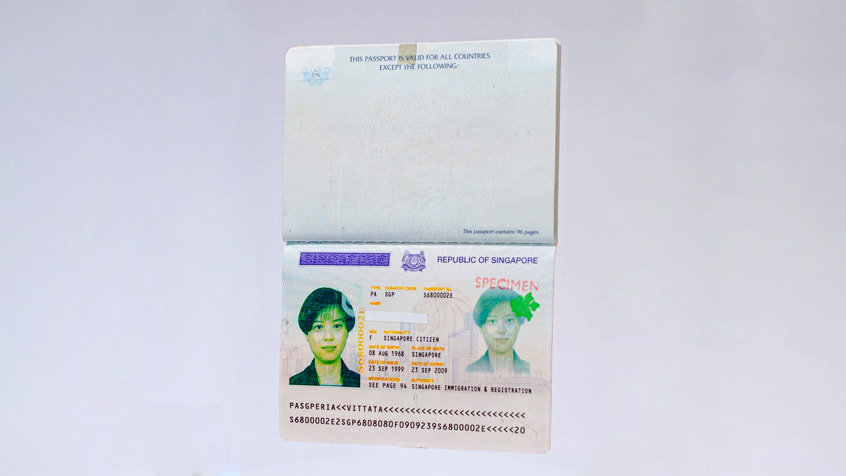
1999: Singapore Immigration & Registration introduced a new passport system and a new international passport with better design and security features. The Singapore Restricted Passport was no longer issued after 1 January and ceased to be valid for travel by 31 December.
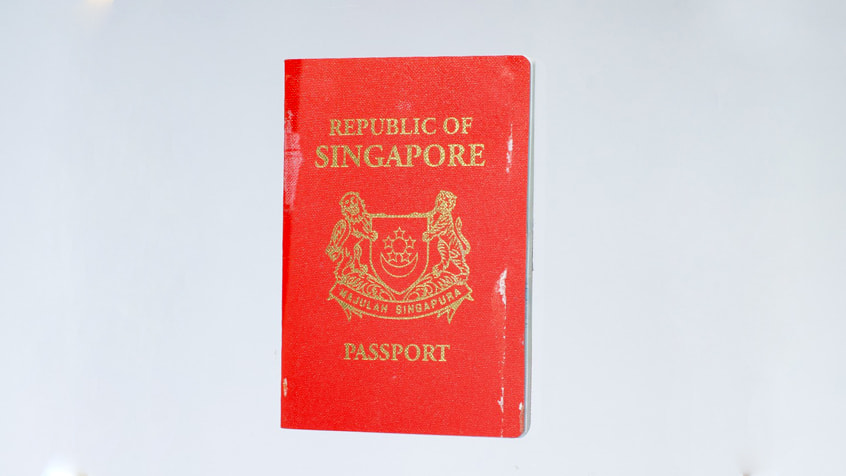
2000: From 1 January, the red Singapore International Passport was the only valid document for travel out of the Republic.
.png?sfvrsn=f26e1892_4)
2002: Application for Passport Online Electronic System (APPLES) was introduced to enhance service standards and give applicants greater flexibility and convenience in submitting their passport applications. Singapore citizens could apply for or renew their passports online. APPLES allowed them to also make payment and submit their photographs for their passports electronically.
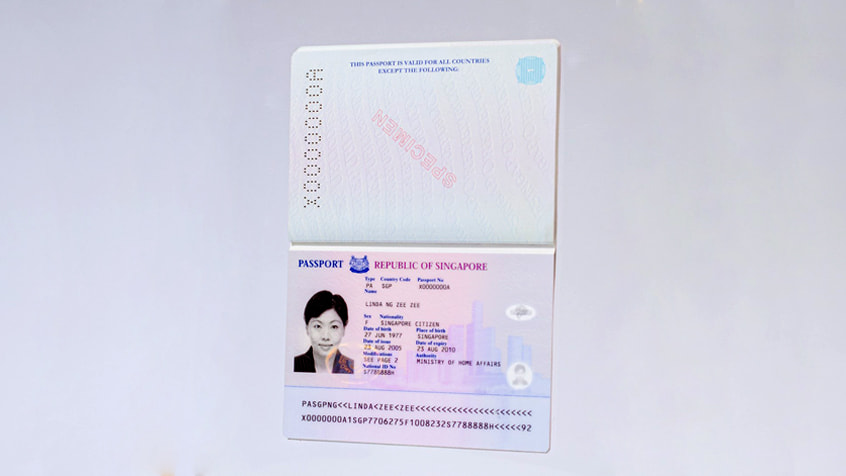
2006: Singapore's biometric passport (BioPass) was officially launched. The BioPass contained the holder's unique biometric identities such as fingerprint data, facial image and passport details on a contactless chip. With the personal particulars digitally stored in the chip embedded in a polycarbonate data-page, the BioPass complied with standards set by the International Civil Aviation Organisation for electronic machine-readable travel documents.
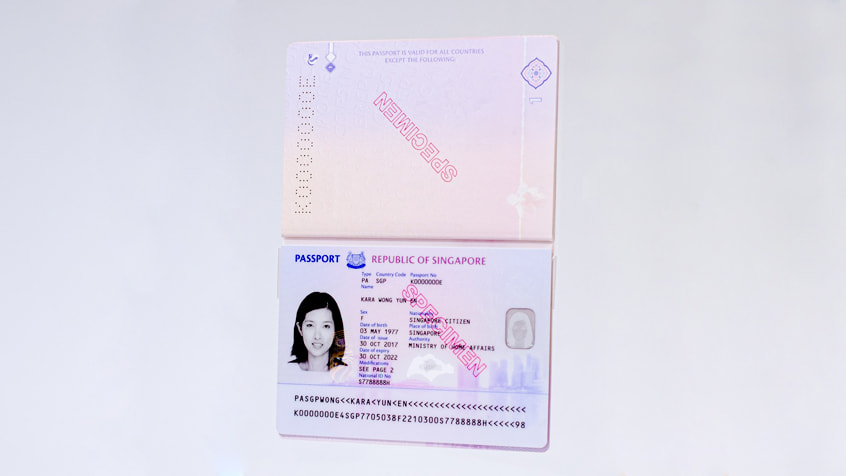
2017: New design for Singapore biometric passport with additional security features was introduced.
Read more on the additional security features here.
Read more on the additional security features here.
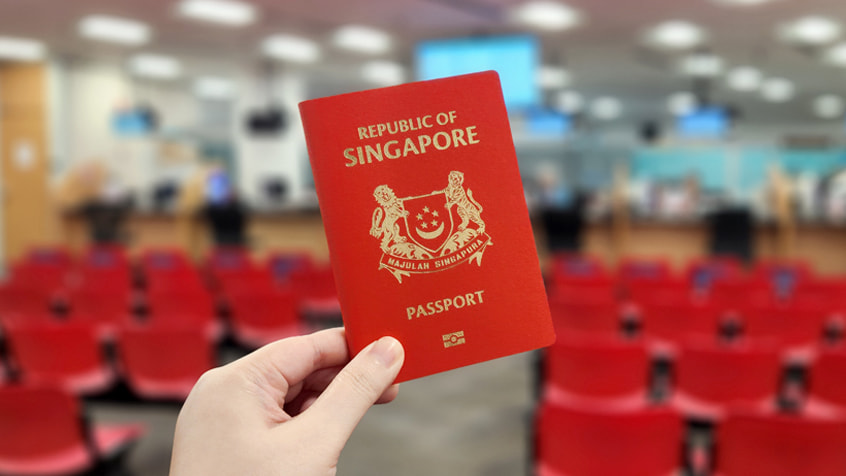
2021: The validity of the Singapore passport was increased from 5 years to 10 years for Singapore citizens aged 16 and above, for applications submitted on or after 1 October. This reduced the frequency of passport renewals and offered greater convenience to Singaporeans.
Evolution of Identity Cards
1948
1955 - 56
1966 - 69
1967
1991
2003
2013
2017
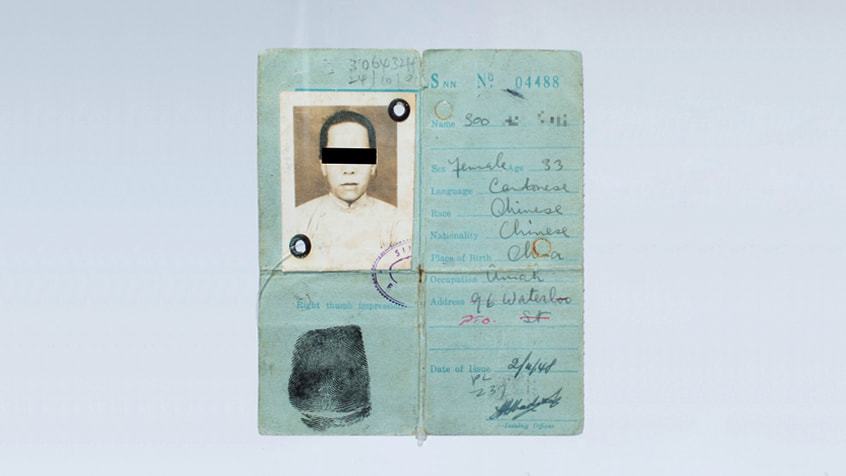
Blue paper identity card issued in 1948
1948: The colonial government introduced identity cards for people born in Singapore, helping it to weed out illegal immigrants and other undesirable persons.
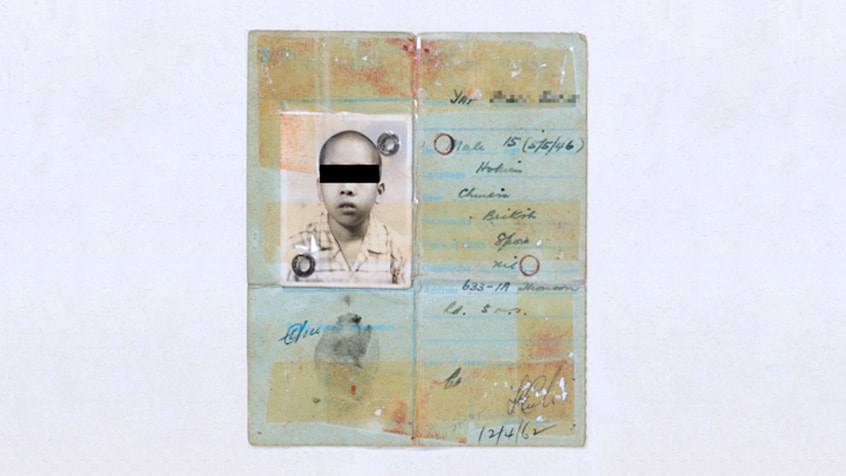
Boy, aged 15, was the holder of this blue paper identity card
1955-56: Registration of Persons Ordinance was introduced – every person of 12 years of age and over was required to obtain an identity card unless his stay in Singapore was for less than thirty days.
Changes in the law made it compulsory for parents and guardians to register the child's name within 12 months of the date of birth to facilitate the creation of identity cards when the child turned 12 years old. Clerks from the Registration Department were sent out daily with the Post Office Mobile Vans to assist the rural public on identity card matters.
Changes in the law made it compulsory for parents and guardians to register the child's name within 12 months of the date of birth to facilitate the creation of identity cards when the child turned 12 years old. Clerks from the Registration Department were sent out daily with the Post Office Mobile Vans to assist the rural public on identity card matters.
.jpg?sfvrsn=8408d6a1_2)
1966 - 69: With the introduction of the National Registration Act, two types of identity cards were issued for citizens and permanent residents.
This German-made version of the IC was laminated to prevent illegal modification of photo and particulars. Serial numbers, consisting of seven numerals and a letter of the alphabet, were now unique to each holder, remedying earlier security weaknesses. The first IC number, S0000001/I, was issued to Singapore’s first President, the late Mr Yusof Ishak.
The National Registration Regulations were amended in 1969. It then legislated colour differentiation for ICs held by citizens and non-citizens.
This German-made version of the IC was laminated to prevent illegal modification of photo and particulars. Serial numbers, consisting of seven numerals and a letter of the alphabet, were now unique to each holder, remedying earlier security weaknesses. The first IC number, S0000001/I, was issued to Singapore’s first President, the late Mr Yusof Ishak.
The National Registration Regulations were amended in 1969. It then legislated colour differentiation for ICs held by citizens and non-citizens.
.jpg?sfvrsn=1c9f4c4c_2)
1966 - 69: With the introduction of the National Registration Act, two types of identity cards were issued for citizens and permanent residents.
This German-made version of the IC was laminated to prevent illegal modification of photo and particulars. Serial numbers, consisting of seven numerals and a letter of the alphabet, were now unique to each holder, remedying earlier security weaknesses. The first IC number, S0000001/I, was issued to Singapore’s first President, the late Mr Yusof Ishak.
The National Registration Regulations were amended in 1969. It then legislated colour differentiation for ICs held by citizens and non-citizens.
This German-made version of the IC was laminated to prevent illegal modification of photo and particulars. Serial numbers, consisting of seven numerals and a letter of the alphabet, were now unique to each holder, remedying earlier security weaknesses. The first IC number, S0000001/I, was issued to Singapore’s first President, the late Mr Yusof Ishak.
The National Registration Regulations were amended in 1969. It then legislated colour differentiation for ICs held by citizens and non-citizens.
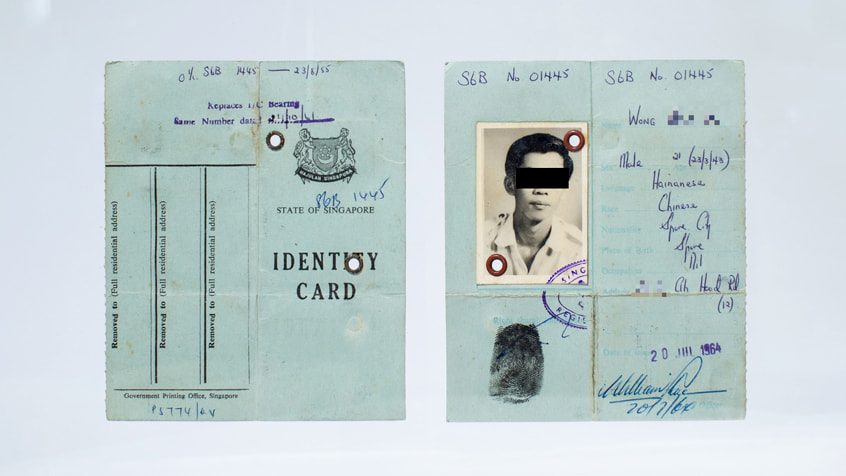
Blue paper identity card issued in 1964
1967: On 1 July, blue paper ICs ceased to be valid.

1991: The identity card (IC) as we know today was introduced as a durable credit card-sized IC with state-of-the-art security features to help safeguard against fraud. These features included electronically captured thumbprint and photo, changeable laser image of Singapore’s lion head logo and a barcoded identification number engraved on a polycarbonate card.
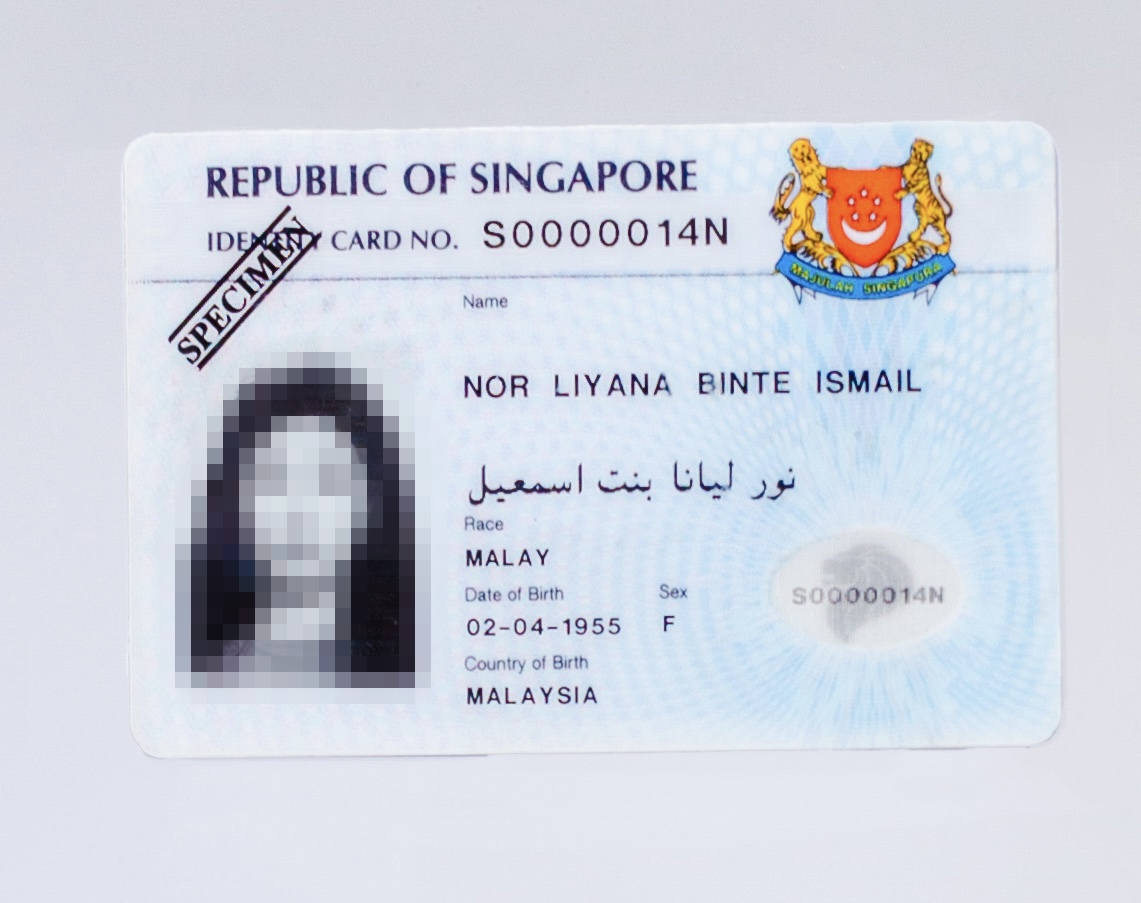
1991: The identity card (IC) as we know today was introduced as a durable credit card-sized IC with state-of-the-art security features to help safeguard against fraud. These features included electronically captured thumbprint and photo, changeable laser image of Singapore’s lion head logo and a barcoded identification number engraved on a polycarbonate card.
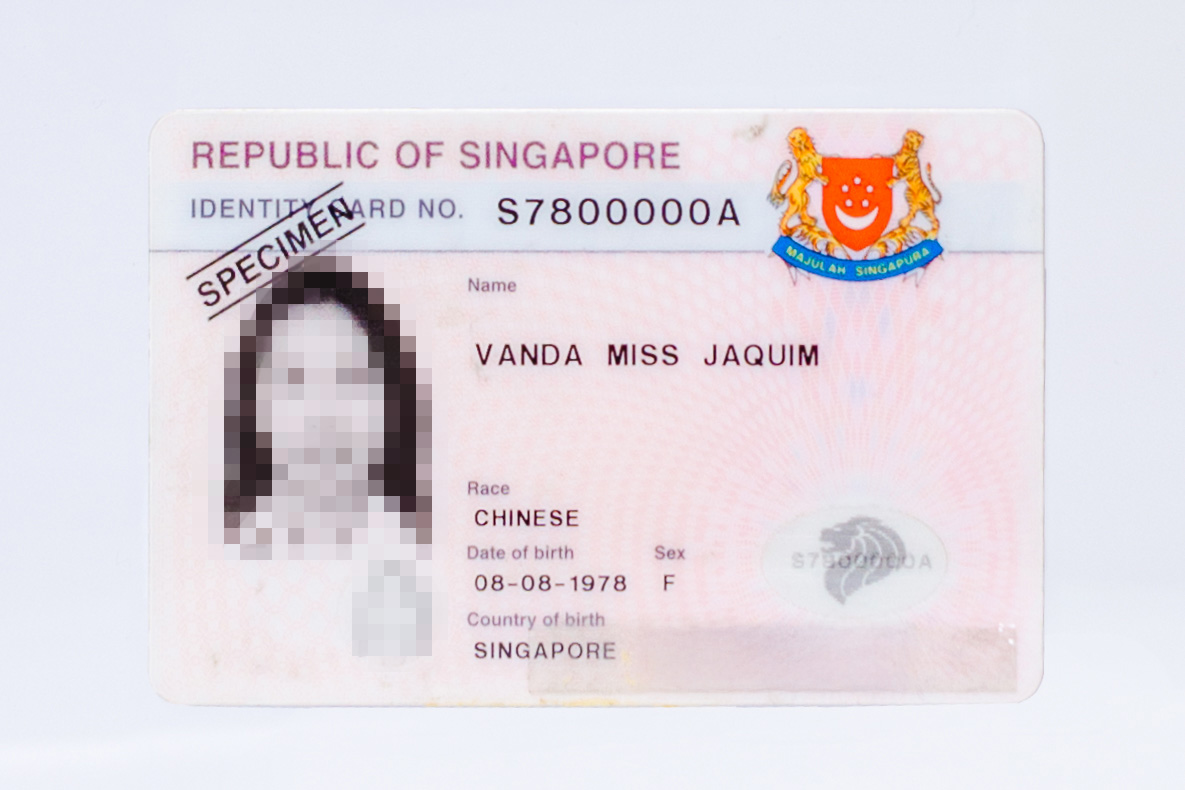
2003: In 2003, security features for the IC were enhanced. For instance, the words “Republic of Singapore” were in optical variable ink, which means there will be a shift in colour when tilted at different angles.
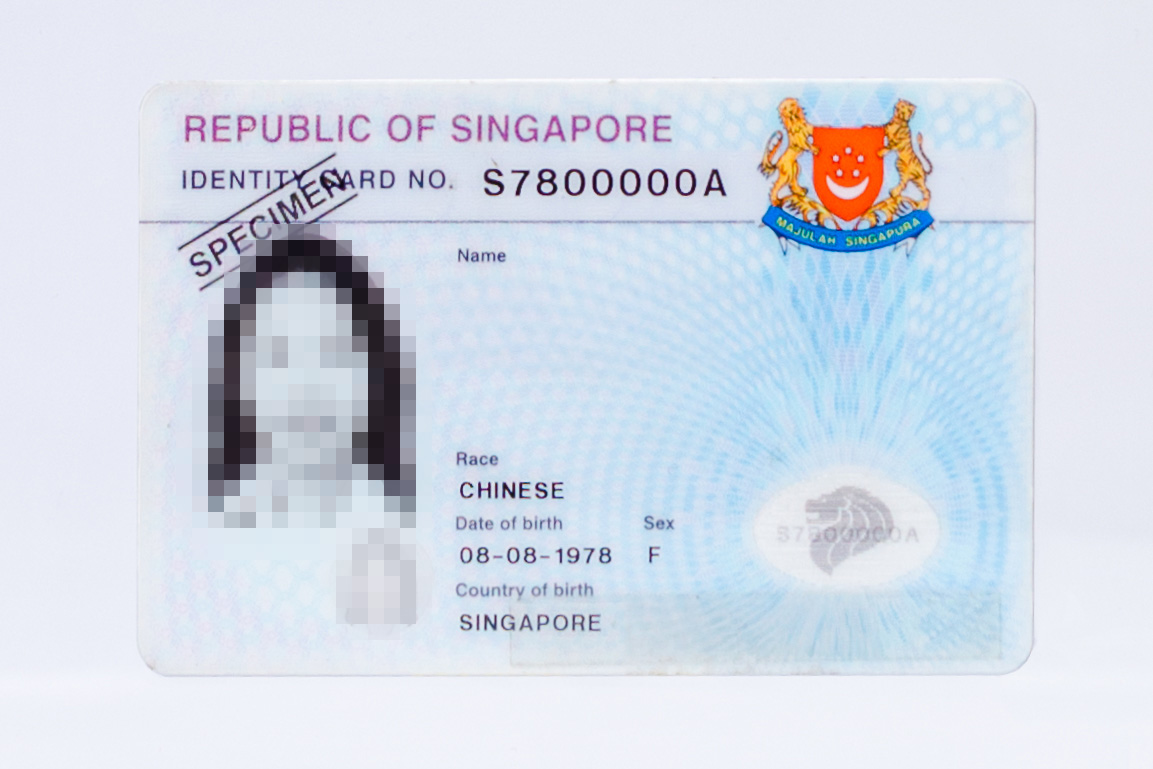
2003: In 2003, security features for the IC were enhanced. For instance, the words “Republic of Singapore” were in optical variable ink, which means there will be a shift in colour when tilted at different angles.
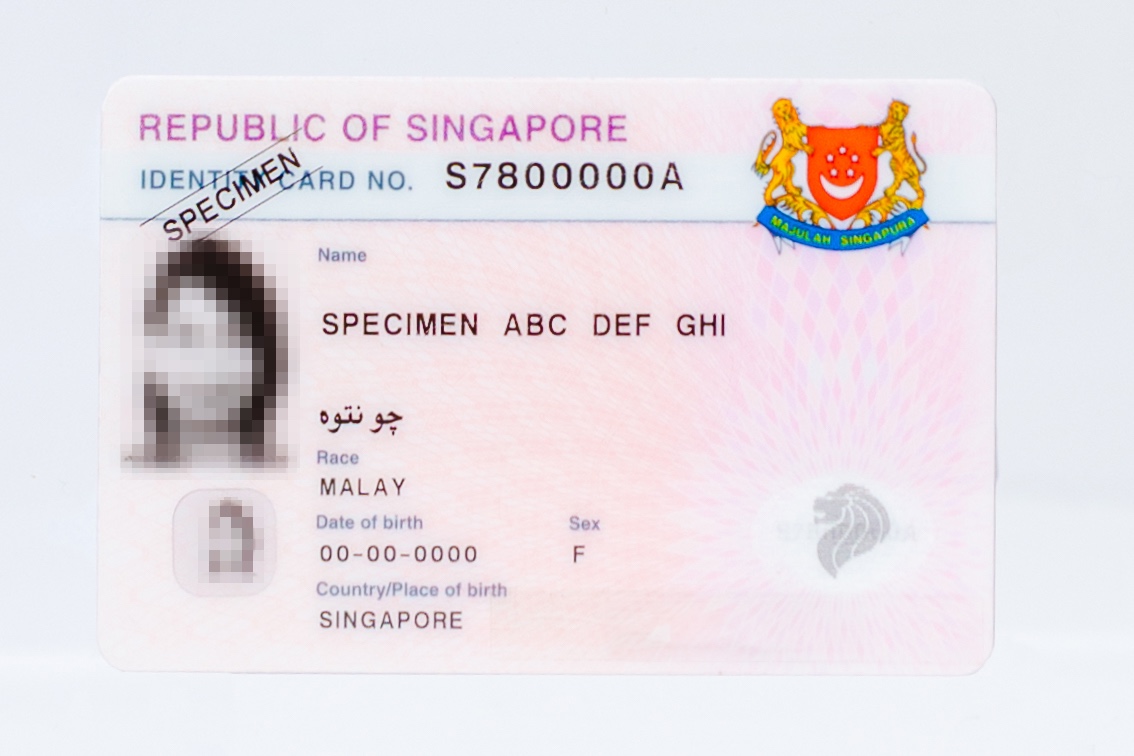
2013: In 2013, additional security features were added. This included the negative embossing of lion head with microtext, which is found at the front of the IC.
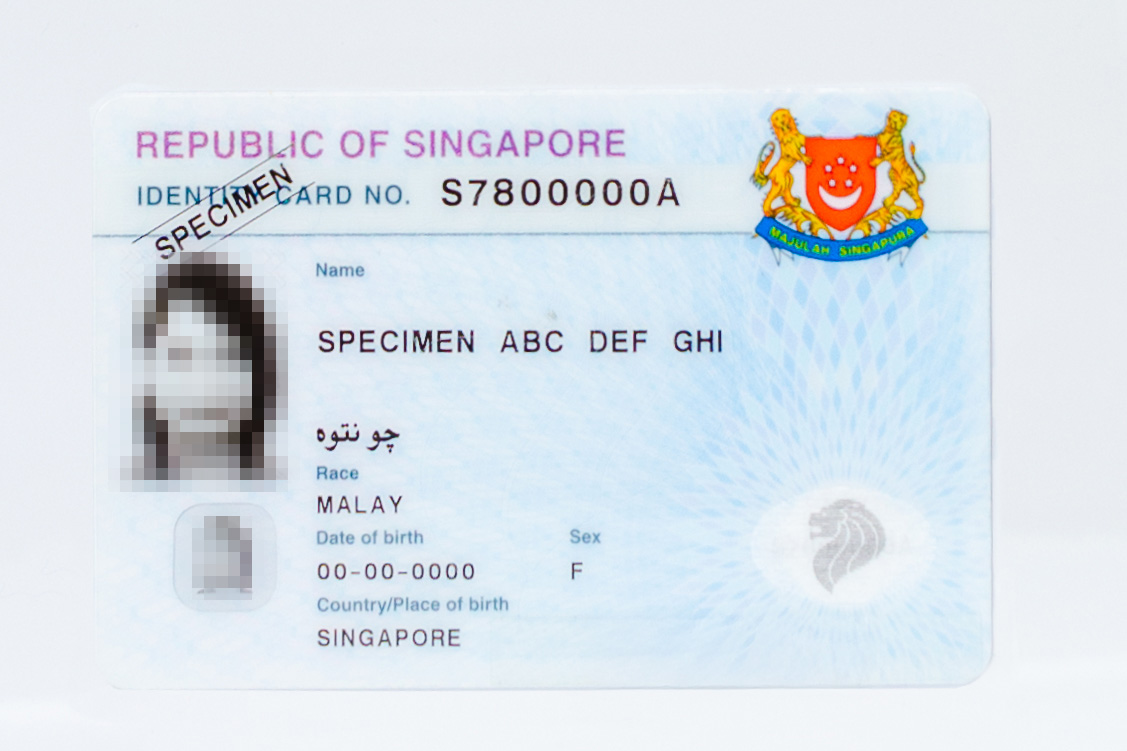
2013: In 2013, additional security features were added. This included the negative embossing of lion head with microtext, which is found at the front of the IC.
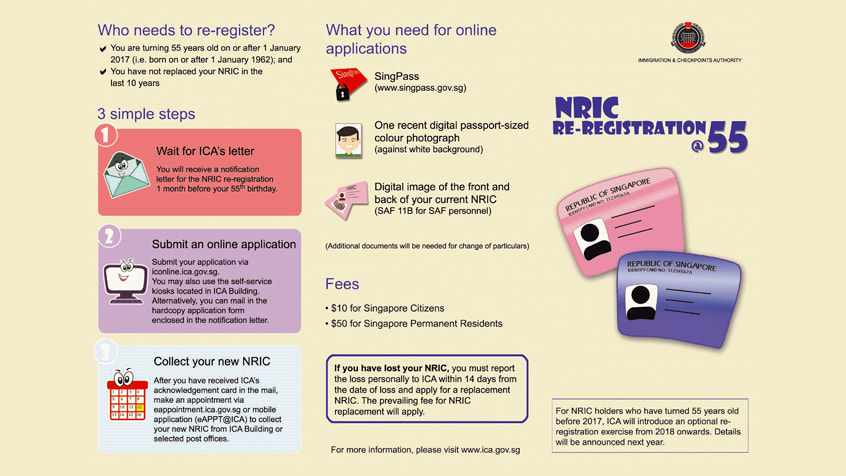
2017: Mandatory re-registration of IC at age 55 years was introduced, in addition to the current NRIC registration age at 15 years and re-registration at 30 years.
Re-registration at age 55 years allows for data such as photos to be updated. Outdated photos may cause difficulties in identification, particularly for the elderly. Besides possible inconvenience to the IC holders, this may also lead to security risks as the authorities may not be able to correctly identify an individual based on his photograph.
Re-registration at age 55 years allows for data such as photos to be updated. Outdated photos may cause difficulties in identification, particularly for the elderly. Besides possible inconvenience to the IC holders, this may also lead to security risks as the authorities may not be able to correctly identify an individual based on his photograph.
Evolution of Birth and Death Registration
1938
1967 - 68
1985
2022
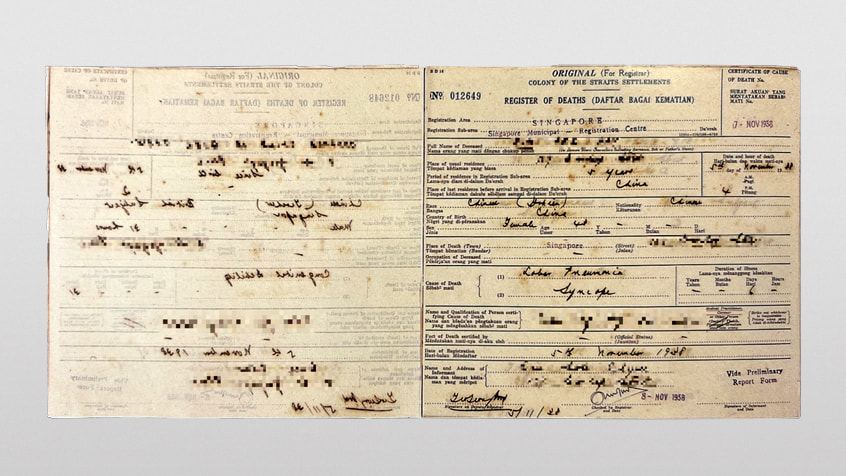
A record from the Register of Deaths in 1938
1938: In 1938, the Registration of Births and Death Ordinance was introduced, making birth and death registration compulsory. National registration records were recorded manually in a book.
This was a move away from the 1868 Births and Deaths Registration Ordinance that was not well-enforced.
This was a move away from the 1868 Births and Deaths Registration Ordinance that was not well-enforced.
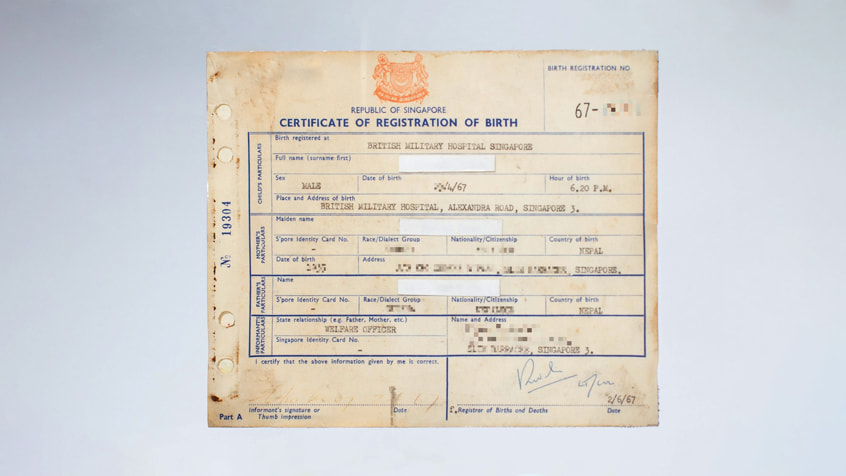
Birth Certificate - 1967
1967 - 68: A new format birth certificate was introduced that coincided with the identity card re-registration exercise. The new birth certificate adopted the use of a serial number where the first two digits represented the birth year. The new certificate was laminated to reduce instances of ink smudges that could lead to the loss of important data.
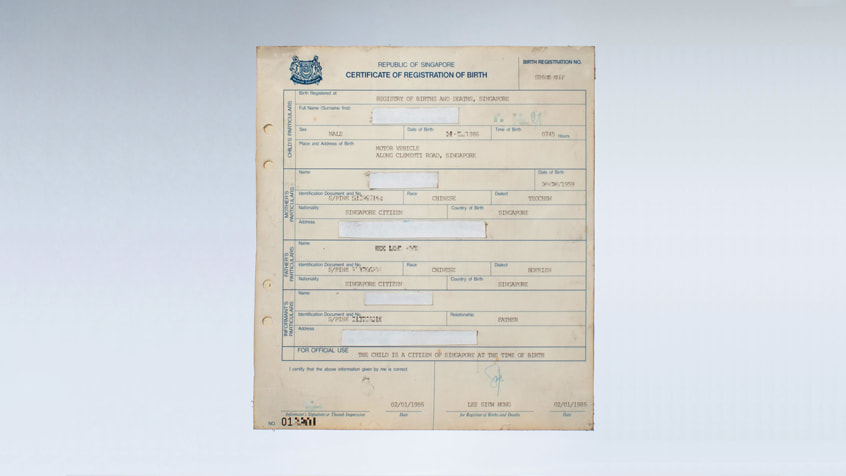
Birth Certificate - 1986
1985: With the computerisation of records in the mid-1980s, computer-printed birth certifications were issued for all births registered at the Registry of Births and Deaths and Kandang Kerbau Hospital. The improvement in technology meant that complete birth information were recorded and captured in birth certificates.
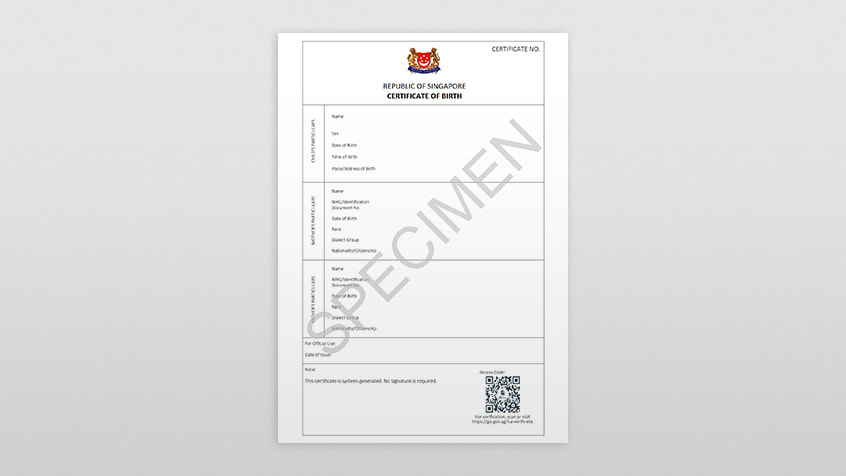
Digital Birth Certificate - 2022
2022: In keeping with the pace of technological advancements, birth and death certificates are now available digitally at your fingertips through the LifeSG app.
From 29 May, the birth and death registration processes are made simpler, and digital birth and death certificates are issued in place of physical certificates. This is part of the Government's ongoing effort to streamline and digitalise services to serve citizens better. Parents of newborns and next-of-kin of the deceased are able to conveniently download and store the digital certificates on their personal mobile devices.
From 29 May, the birth and death registration processes are made simpler, and digital birth and death certificates are issued in place of physical certificates. This is part of the Government's ongoing effort to streamline and digitalise services to serve citizens better. Parents of newborns and next-of-kin of the deceased are able to conveniently download and store the digital certificates on their personal mobile devices.
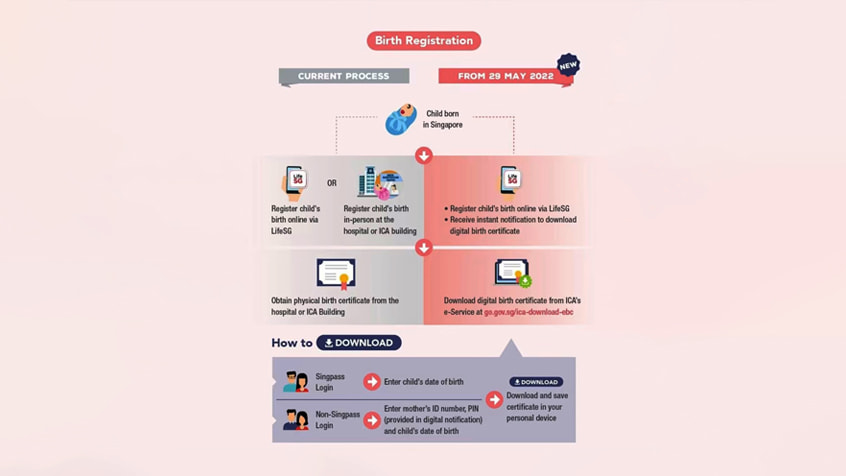
Changes in Birth Registration process
2022: In keeping with the pace of technological advancements, birth and death certificates are now available digitally at your fingertips through the LifeSG app.
From 29 May, the birth and death registration processes are made simpler, and digital birth and death certificates are issued in place of physical certificates. This is part of the Government's ongoing effort to streamline and digitalise services to serve citizens better. Parents of newborns and next-of-kin of the deceased are able to conveniently download and store the digital certificates on their personal mobile devices.
From 29 May, the birth and death registration processes are made simpler, and digital birth and death certificates are issued in place of physical certificates. This is part of the Government's ongoing effort to streamline and digitalise services to serve citizens better. Parents of newborns and next-of-kin of the deceased are able to conveniently download and store the digital certificates on their personal mobile devices.
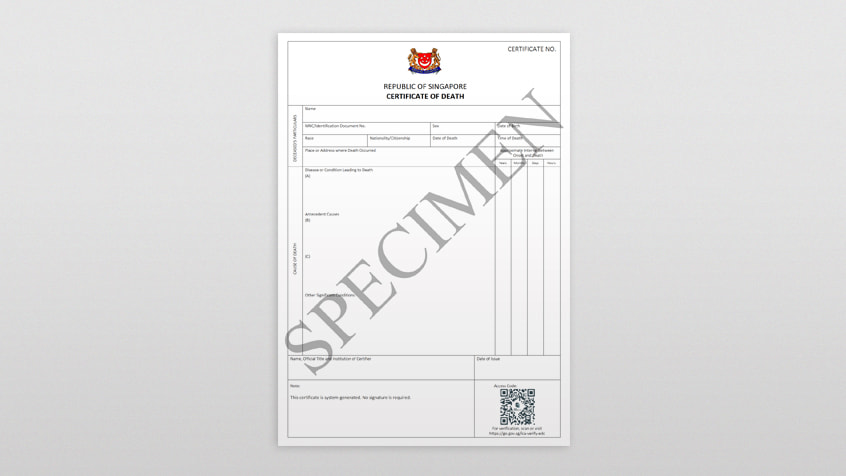
Digital Death Certificate - 2022
2022: In keeping with the pace of technological advancements, birth and death certificates are now available digitally at your fingertips through the LifeSG app.
From 29 May, the birth and death registration processes are made simpler, and digital birth and death certificates are issued in place of physical certificates. This is part of the Government's ongoing effort to streamline and digitalise services to serve citizens better. Parents of newborns and next-of-kin of the deceased are able to conveniently download and store the digital certificates on their personal mobile devices.
From 29 May, the birth and death registration processes are made simpler, and digital birth and death certificates are issued in place of physical certificates. This is part of the Government's ongoing effort to streamline and digitalise services to serve citizens better. Parents of newborns and next-of-kin of the deceased are able to conveniently download and store the digital certificates on their personal mobile devices.
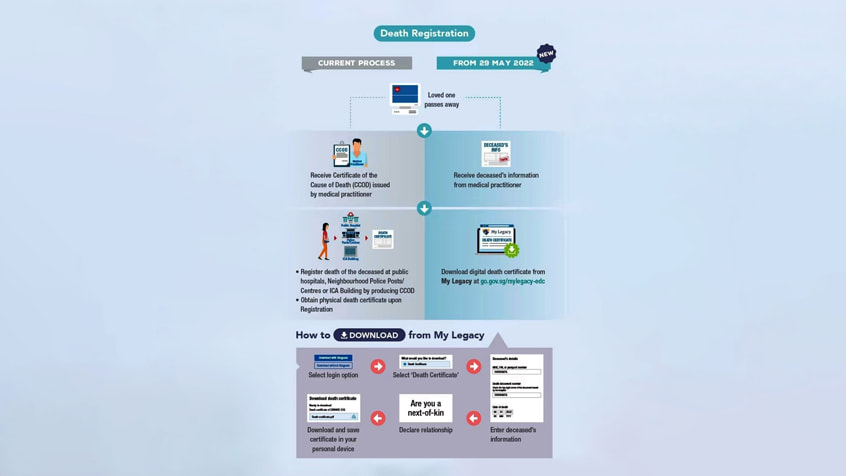
Changes in Death Registration process
2022: In keeping with the pace of technological advancements, birth and death certificates are now available digitally at your fingertips through the LifeSG app.
From 29 May, the birth and death registration processes are made simpler, and digital birth and death certificates are issued in place of physical certificates. This is part of the Government's ongoing effort to streamline and digitalise services to serve citizens better. Parents of newborns and next-of-kin of the deceased are able to conveniently download and store the digital certificates on their personal mobile devices.
From 29 May, the birth and death registration processes are made simpler, and digital birth and death certificates are issued in place of physical certificates. This is part of the Government's ongoing effort to streamline and digitalise services to serve citizens better. Parents of newborns and next-of-kin of the deceased are able to conveniently download and store the digital certificates on their personal mobile devices.
Evolution of Technology & Systems
1800s - 1900s
2002
2007
2008
2009
2013
2017
2022
2023

1800s - 1900s: National registration records were recorded manually in a book. Each and every detail was recorded by hand in the registers.
.png?sfvrsn=f26e1892_4)
2002: Application for Passport Online Electronic System (APPLES) was introduced to enhance service standards and give applicants greater flexibility and convenience in submitting their passport applications. Singapore citizens could apply for or renew their passports online. APPLES allowed them to also make payment and submit their photographs for their passports electronically.
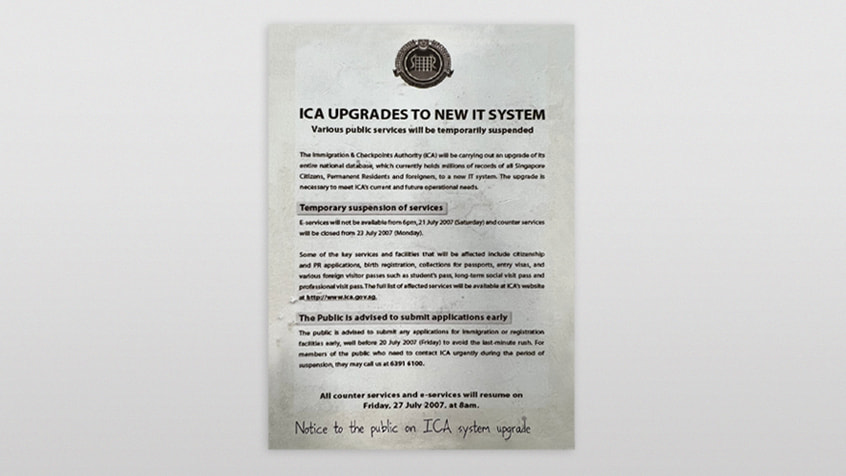
Notice to the public on ICA system upgrade
2007: The Central Information & Registration Information System (CIRIS), a web-based IT system, was designed to support the immigration and registration functions and all related transactions, such as the issuance of identification and travel documents as well as the various immigration passes. It is a central record repository, holding millions of records of all Singapore citizens, permanent residents and foreigners.
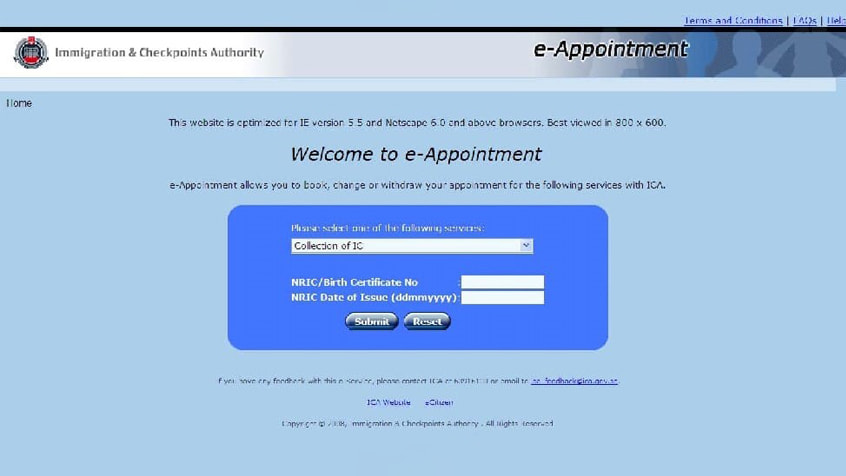
2008: The e-Appointment system, an online service that managed the appointment slots for all three Services Centres – Citizen Services Centre, Permanent Resident Services Centre and Visitor Services Centre, was introduced on ICA’s website on 15 July.
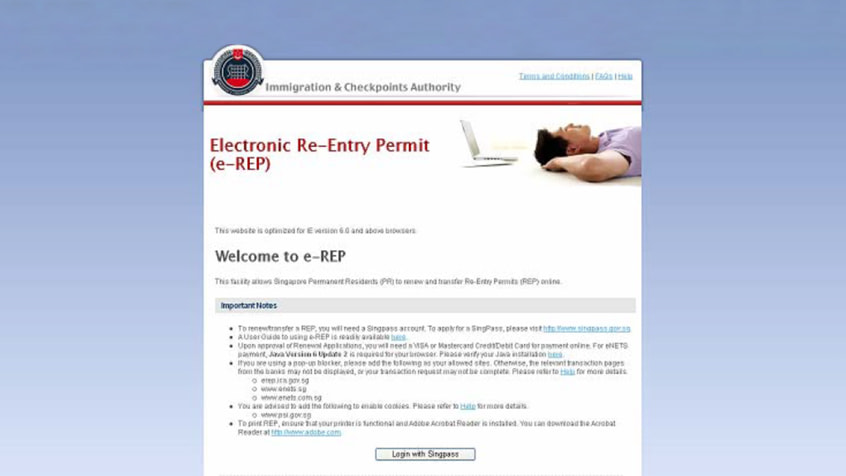
2009: The electronic Re-Entry Permit (e-REP) was rolled out in January for permanent residents (PR) to renew, transfer or enquire about their Re-Entry Permit (REP) applications online. It also allowed users to verify whether a PR was in possession of a valid REP.
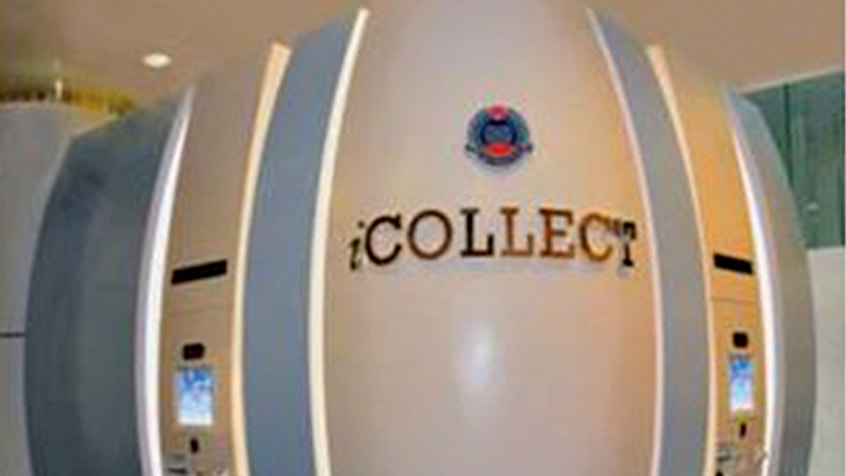
2013: The iCollect was launched on 1 April. It was the world’s first self-service collection machine for passports and identity documents.
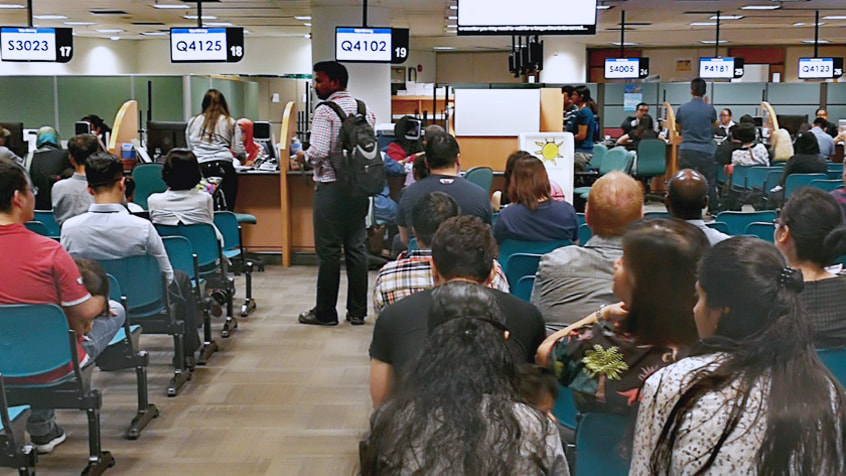
Before the introduction of e-PR system
2017: The e-PR system for PR applications was introduced in December. A processing fee of $100 per applicant was also payable at the point of submission of PR application.

After the introduction of e-PR system
2017: The e-PR system for PR applications was introduced in December. A processing fee of $100 per applicant was also payable at the point of submission of PR application.

2022: In keeping with the pace of technological advancements, birth and death certificates are now available digitally at your fingertips through the LifeSG app.
From 29 May, the birth and death registration processes are made simpler, and digital birth and death certificates are issued in place of physical certificates. This is part of the Government's ongoing effort to streamline and digitalise services to serve citizens better. Parents of newborns and next-of-kin of the deceased are able to conveniently download and store the digital certificates on their personal mobile devices.
From 29 May, the birth and death registration processes are made simpler, and digital birth and death certificates are issued in place of physical certificates. This is part of the Government's ongoing effort to streamline and digitalise services to serve citizens better. Parents of newborns and next-of-kin of the deceased are able to conveniently download and store the digital certificates on their personal mobile devices.

2022: In keeping with the pace of technological advancements, birth and death certificates are now available digitally at your fingertips through the LifeSG app.
From 29 May, the birth and death registration processes are made simpler, and digital birth and death certificates are issued in place of physical certificates. This is part of the Government's ongoing effort to streamline and digitalise services to serve citizens better. Parents of newborns and next-of-kin of the deceased are able to conveniently download and store the digital certificates on their personal mobile devices.
From 29 May, the birth and death registration processes are made simpler, and digital birth and death certificates are issued in place of physical certificates. This is part of the Government's ongoing effort to streamline and digitalise services to serve citizens better. Parents of newborns and next-of-kin of the deceased are able to conveniently download and store the digital certificates on their personal mobile devices.

2022: In keeping with the pace of technological advancements, birth and death certificates are now available digitally at your fingertips through the LifeSG app.
From 29 May, the birth and death registration processes are made simpler, and digital birth and death certificates are issued in place of physical certificates. This is part of the Government's ongoing effort to streamline and digitalise services to serve citizens better. Parents of newborns and next-of-kin of the deceased are able to conveniently download and store the digital certificates on their personal mobile devices.
From 29 May, the birth and death registration processes are made simpler, and digital birth and death certificates are issued in place of physical certificates. This is part of the Government's ongoing effort to streamline and digitalise services to serve citizens better. Parents of newborns and next-of-kin of the deceased are able to conveniently download and store the digital certificates on their personal mobile devices.

2022: In keeping with the pace of technological advancements, birth and death certificates are now available digitally at your fingertips through the LifeSG app.
From 29 May, the birth and death registration processes are made simpler, and digital birth and death certificates are issued in place of physical certificates. This is part of the Government's ongoing effort to streamline and digitalise services to serve citizens better. Parents of newborns and next-of-kin of the deceased are able to conveniently download and store the digital certificates on their personal mobile devices.
From 29 May, the birth and death registration processes are made simpler, and digital birth and death certificates are issued in place of physical certificates. This is part of the Government's ongoing effort to streamline and digitalise services to serve citizens better. Parents of newborns and next-of-kin of the deceased are able to conveniently download and store the digital certificates on their personal mobile devices.
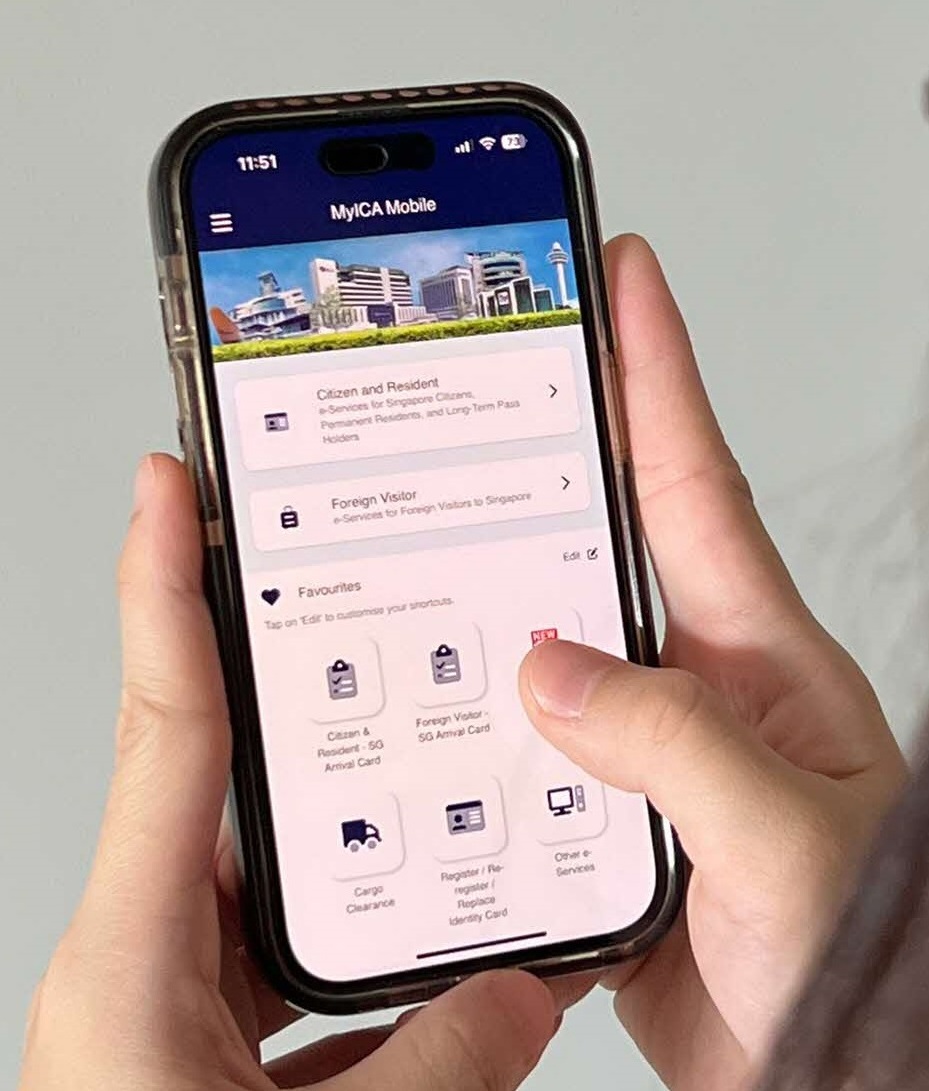
2023: Refresh of MyICA app
ICA refreshed its MyICA mobile application to enhance user experience while addressing diverse customer needs. Services on the MyICA mobile app include application for passports, submission of Singapore Arrival Card (SGAC), submission of cargo clearance permits and generation of QR codes for drivers at land checkpoints.

From three centres - Citizen Services, Permanent Residents Services and Visitor Services to three functions – Customer Operations, Immigration & Registration and Immigration & Registration Review
2023: Reorganisation of ICA Services Centres
Since 2023, the Services Centre has been actively reorganising its operations to transition from the current product-centric model to the envisaged function-centric model. By 2025, the new ICA Services Centre will offer the public a seamless experience for the members of public, providing easier access to multiple services through an integrated services centre.
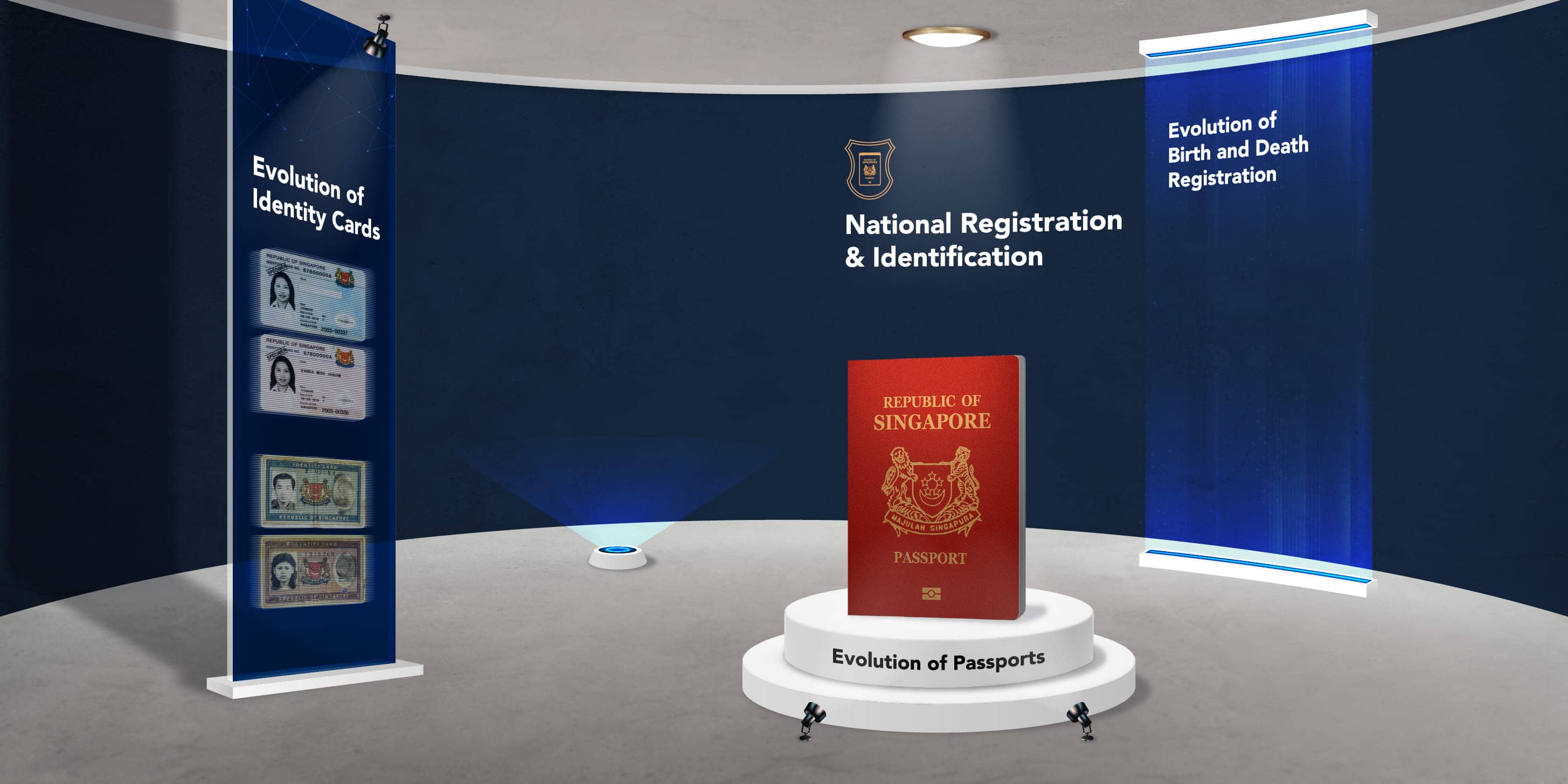
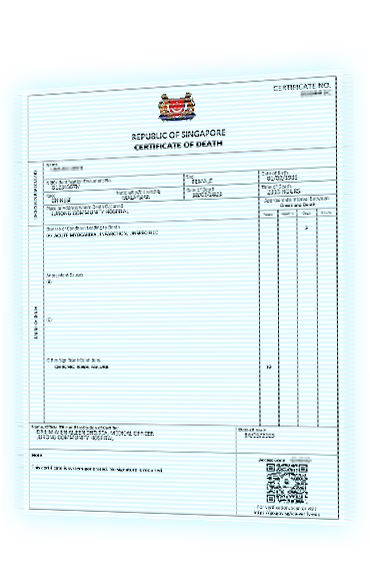
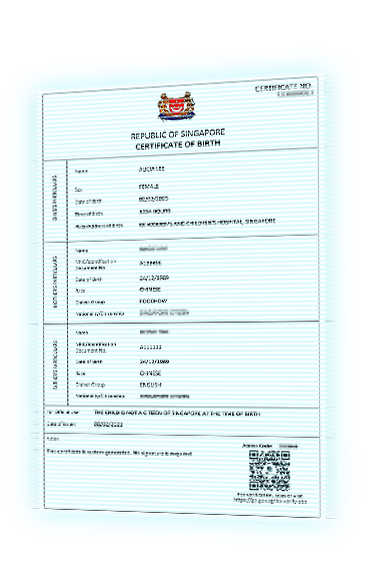







Share this link via